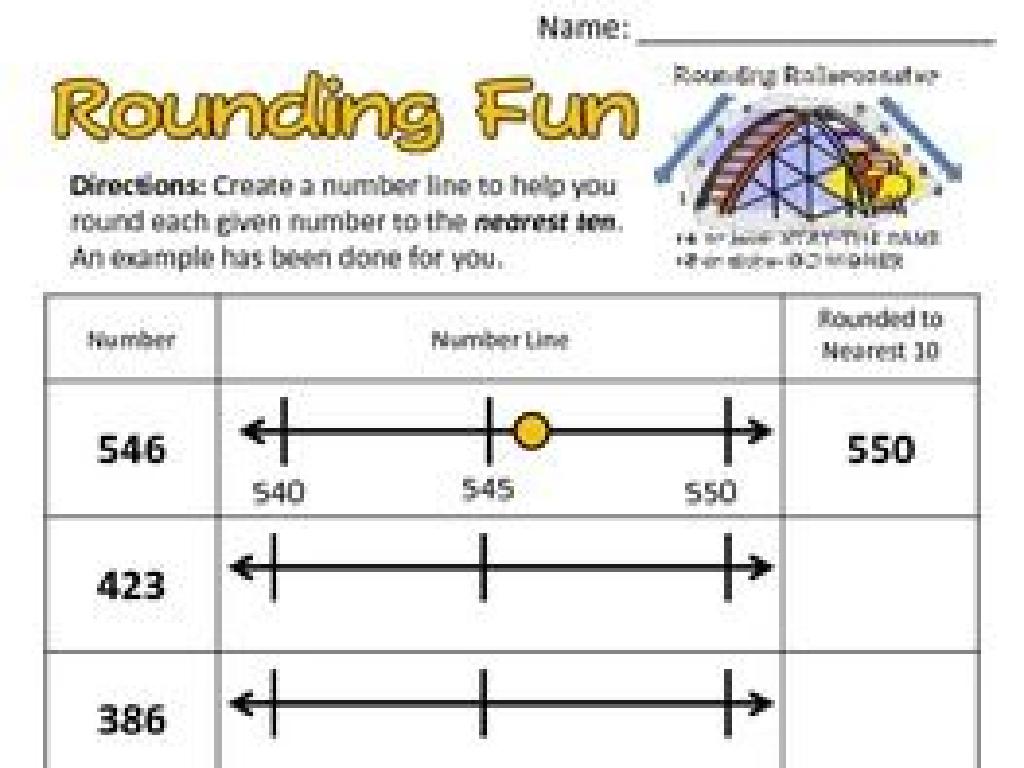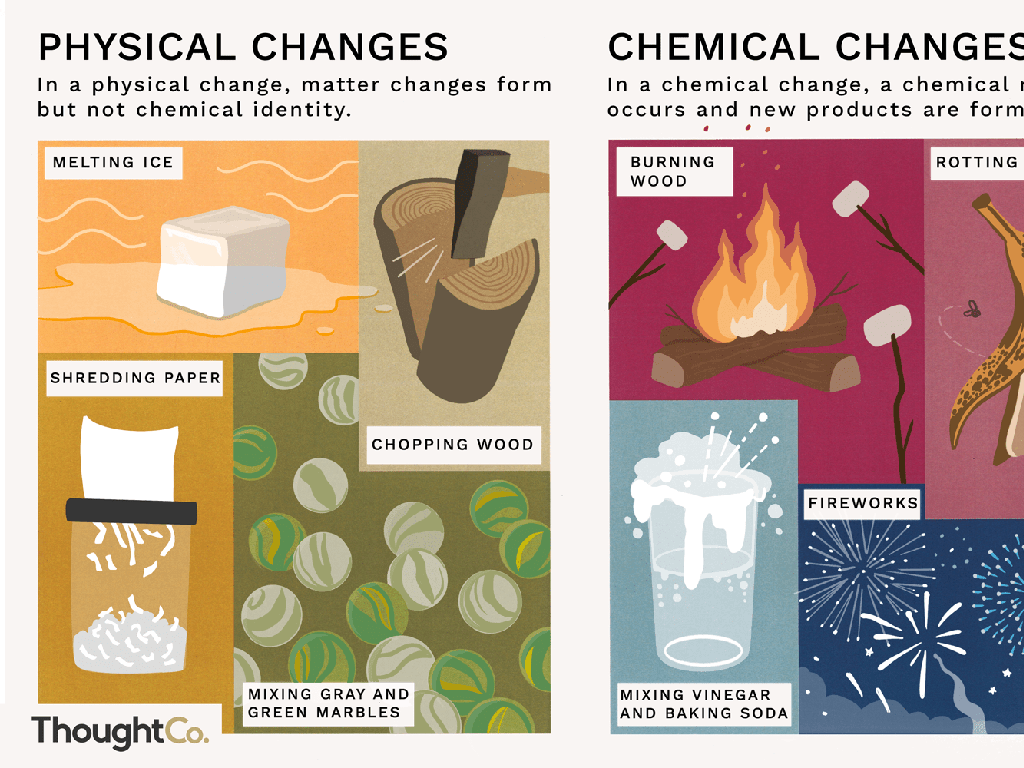Put The Sentences In Order
Subject: Language arts
Grade: Third grade
Topic: Organizing Writing
Please LOG IN to download the presentation. Access is available to registered users only.
View More Content
Organizing Writing: Sentences in Order
– Why organize writing?
– It helps readers understand the story better.
– Beginning, middle, and end
– Every story starts with a beginning, has a middle part, and then an ending.
– Making a story easy to follow
– Like a puzzle, each part fits together to make sense.
– Practice organizing sentences
|
This slide introduces the concept of organizing writing by putting sentences in the correct order. Emphasize to students that organizing writing makes it easier for readers to follow and understand the story. Discuss the structure of a story, explaining that it has a beginning (where we meet characters and discover the setting), a middle (where the main events happen), and an end (where the story concludes). Use simple examples of stories they are familiar with to illustrate these points. For the activity, provide students with mixed-up sentences from a familiar story and ask them to arrange them in the right order. This will help them understand the flow of a narrative and the importance of sequence in storytelling.
What Makes a Story?
– Every story has three parts
– Start, middle, and end are essential
– Events order makes it clear
– Like a puzzle, pieces fit in order
– We’ll examine a story example
– Look at a story to see its structure
– Identify beginning, middle, end
– Find the introduction, climax, conclusion
|
This slide introduces students to the basic structure of a story, emphasizing the importance of the beginning, middle, and end. It’s crucial for students to understand that the sequence of events helps make the story understandable and enjoyable. By examining a story example in class, students can practice identifying each part of the story structure. This activity will help them recognize patterns in storytelling and improve their own writing skills. Encourage students to think of their favorite stories and what happens in the beginning, middle, and end. This will prepare them for creating their own stories with a clear and organized structure.
Jumbled Sentences: Organizing Our Thoughts
– Importance of sentence order
– Sentences out of order can be confusing.
– Read a mixed-up story
– Try to understand the story with sentences mixed up.
– Discuss feelings about jumbled sentences
– How did it feel trying to read the jumbled story?
– Share with a classmate
– Talk with a friend about your experience.
|
This slide is designed to help students understand the importance of organizing sentences in their writing. Start by asking the class what they think would happen if a story’s sentences were mixed up. Then, present them with a jumbled story and have them attempt to read it. Afterward, encourage them to discuss with a partner how the experience felt. This activity will highlight the confusion that can arise from disorganized writing and underscore the value of putting thoughts in a logical order. It’s a practical exercise that will prepare them for learning how to structure their own writing effectively.
Sequencing Sentences: Making Sense of Stories
– Sequencing is like puzzle solving
– Putting events in the order they happen makes the story clear.
– Find clues to order sentences
– Clues are words or phrases that hint at the sentence’s place in the sequence.
– Time words guide sentence order
– Words like ‘first’, ‘then’, ‘next’, and ‘last’ tell us what comes when.
– Practice makes perfect
|
This slide introduces the concept of sequencing in writing, which is crucial for students to understand how to organize their thoughts and stories. Explain that sequencing is similar to piecing together a puzzle where each part has a specific place. Encourage students to look for keywords or phrases within sentences that signal the order, such as time words. Provide examples of sentences out of order and work with the class to rearrange them correctly. Practice with different sets of sentences and stories to reinforce the concept. The goal is for students to become comfortable with identifying the natural flow of a narrative.
Let’s Practice Together: Organizing a Story
– I’ll show a mixed-up story
– We’ll order the sentences together
– We’ll look at clues in the story to put sentences in the right order.
– Discuss our ordering choices
– Why did we decide on this order? Was it the time clues or the story events?
– Understand story sequences
– Learning how the sequence of events builds up a story.
|
This slide is for a class activity aimed at teaching students the importance of sentence order in a story. Start by displaying a short, mixed-up story on the board. Then, as a class, work together to rearrange the sentences into the correct order. Encourage students to look for time clues or keywords that signal the sequence of events. After the correct order is established, have a discussion with the class about why this order makes sense. Ask them how the story would change if the order was different. This exercise will help students understand the flow of a narrative and the importance of organizing their writing in a logical sequence. For the activity, consider having different versions of mixed-up stories for groups to solve, or use a familiar tale to reinforce the concept.
Your Turn to Try: Sentence Sorting!
– Pair up with a classmate
– Arrange the sentences into order
– Look for ‘First’, ‘Next’, ‘Then’, ‘Last’ to help
– Use clues to find the right sequence
– Get ready to present your story
|
This activity is designed to help students understand the importance of sequence in storytelling. By working with a partner, they will collaborate to arrange a series of mixed-up sentences into a coherent story. Provide them with sentences that are clearly out of order and include sequence words as clues. Encourage them to discuss with their partner why they think a sentence should come first, second, and so on. Once they have ordered the sentences, they should practice reading their story to ensure it makes sense. Finally, prepare them to share their ordered story with the class, which will help develop their public speaking and presentation skills.
Sharing Our Stories
– Pairs share their story sequence
– Discuss clues for ordering
– Look for time words like ‘first’, ‘then’, ‘last’
– Class votes with thumbs up
– Reflect on the activity
– Think about what you learned
|
This slide is for a class activity where students will work in pairs to put a story in the correct order. After organizing their story, each pair will present their sequence to the class and explain the context clues, such as chronological words, that helped them determine the order. The rest of the class will participate by giving a thumbs up if they agree with the order presented. This interactive activity helps students understand the importance of text structure in storytelling and allows them to practice their critical thinking and reasoning skills. As a teacher, facilitate the discussion and ensure that each pair gets constructive feedback. Encourage students to reflect on what they learned from the activity and how it can help them in organizing their own writing.
Class Activity: Create Your Own Jumbled Story!
– Write 4 sentences for a story
– Cut and jumble the sentences
– Swap stories with a classmate
– Discuss clues for ordering
– Look for ‘First’, ‘Then’, ‘Next’, ‘Last’ or time clues
|
This activity is designed to help students understand the importance of sequence in storytelling. They will practice writing skills by creating a short story and then work on their analytical skills by arranging another student’s jumbled story. Provide students with scissors and help them safely cut their sentences into strips. Encourage them to pay attention to sequencing words and contextual clues that indicate order when they try to arrange their classmate’s story. After the activity, lead a discussion on what clues were most helpful. This will reinforce the concept of chronological order and narrative structure in writing.
Conclusion & Reflection: Sentence Order
– Importance of sentence order
– It helps the story make sense and flow well.
– Reflect on sentence puzzles
– Did solving the puzzles make you feel like a detective?
– Organized writing equals great stories
– Like building a tower, every piece must be in the right place!
|
This slide aims to wrap up the lesson on organizing writing by emphasizing the importance of sentence order in storytelling. It’s crucial for students to understand that a well-structured story is easier to read and more enjoyable. Encourage students to reflect on their experience with sentence puzzles and how it felt to find the right order – this can be compared to solving a mystery. Highlight that organizing writing is a skill that turns a jumble of ideas into a coherent and captivating story. Ask students to share their feelings about the activity and discuss how it helped them understand the concept of sentence order better.






